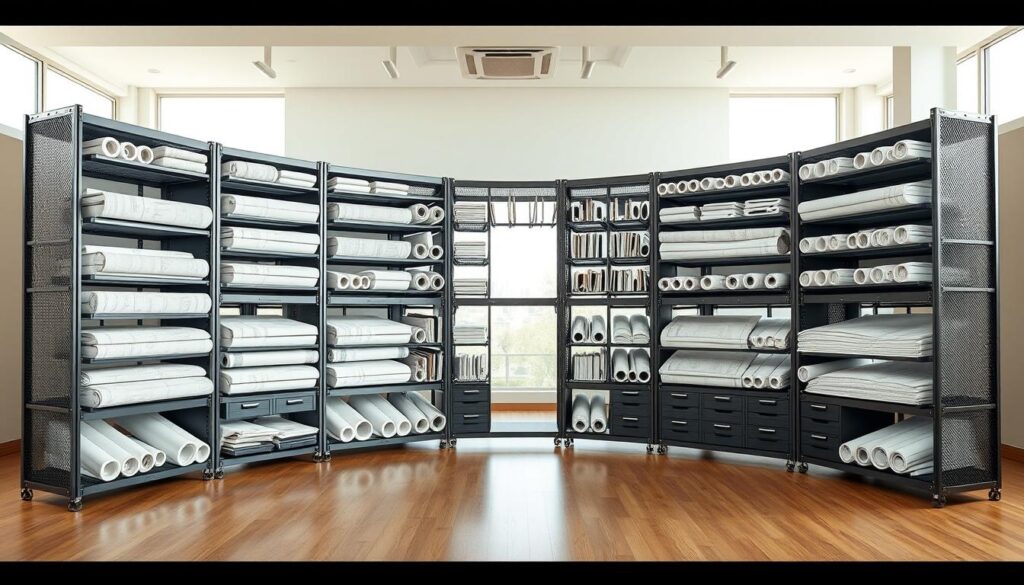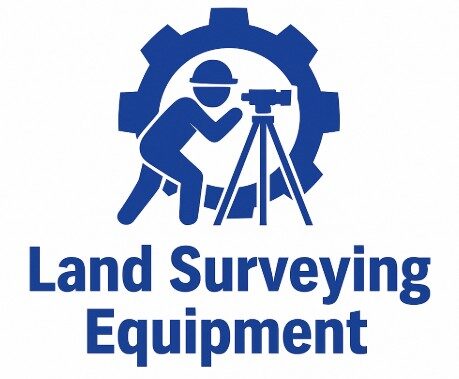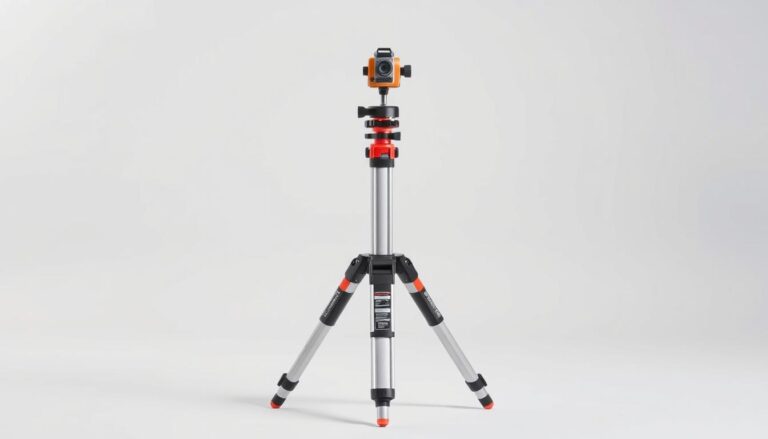Blueprint Storage Cabinets: Practical Solutions for Your Space
Architects, engineers, and designers often struggle to store big documents like blueprints and technical drawings. It’s key to have good drafting storage solutions to keep things tidy and documents easy to find.
Good blueprint storage makes work easier and faster. It helps professionals stay organized and boosts their productivity. Special storage solutions are designed for big documents, making workspaces more efficient.
Key Takeaways
- Practical storage solutions for large documents
- Importance of maintaining a clutter-free workspace
- Benefits of using specialized storage for blueprints
- Improved productivity through effective storage
- Efficient management of large-format documents
The Critical Need for Specialized Document Storage
Keeping architectural drawings and blueprints safe needs more than just space. It requires specialized storage solutions. Storing large documents is hard because it affects the documents’ safety and how quickly you can find them.
Challenges of Preserving Large-Format Documents
Big documents can get damaged if not stored right. This causes two big problems:
Preventing Creases and Damage
Documents must be stored in a way that stops creases and damage. This is very important for keeping them useful.
Organizing for Easy Retrieval
Good storage makes finding documents easy, saving time and boosting work. Organized storage is essential for managing documents well.
The Cost of Inadequate Storage Solutions
Bad storage can cost a lot, both directly and indirectly. It can damage documents and slow down work. Here’s a look at how different storage options affect things:
| Storage Solution | Document Integrity | Retrieval Efficiency |
|---|---|---|
| Specialized Storage | High | High |
| Inadequate Storage | Low | Low |
As shown, specialized blueprint storage solutions greatly improve both document safety and finding them. Bad storage can damage and disorganize documents, hurting work and creativity. So, it’s very important to invest in good architectural drawing storage and blueprint organization systems.
Blueprint Storage Cabinets: Types and Configurations
It’s important to know about the different blueprint storage cabinets. Each one is made for a specific need to keep documents safe and organized.
Vertical Filing Systems
Vertical filing systems save a lot of space. They are great for places where room is tight.
Space Efficiency Benefits
These systems stack documents up high. This means you can store more in less space. It’s perfect for small offices or archives.
Suitable Document Types
These systems work well for many types of documents. They keep blueprints and large papers organized and easy to find.
Horizontal Flat File Cabinets
Horizontal flat file cabinets store documents flat. This helps prevent damage and keeps papers smooth.
Drawer Configurations
These cabinets have different drawer setups. They fit various sizes and amounts of documents. The drawers move smoothly, making it easy to get what you need.
Size Options Available
There are many sizes of horizontal flat file cabinets. You can find one that fits your space, whether it’s small or large.

| Storage Type | Space Efficiency | Document Type |
|---|---|---|
| Vertical Filing | High | Rolled Blueprints |
| Horizontal Flat File | Moderate | Large-Format Documents |
| Roll File | High | Rolled Documents |
Roll File and Tube Storage Options
Roll file and tube systems are for rolled documents. They are efficient and fit many storage needs.
Mobile and Modular Storage Systems
Mobile and modular systems are flexible. They can change with your storage needs. They’re great for places where needs shift often.
Knowing about the different blueprint storage cabinets helps organizations choose the best. This ensures their documents are well-kept and easy to find.
Flat Files: The Gold Standard for Blueprint Preservation
For industries that handle large-format documents, the right storage solution is key. Flat files are the top choice for storing blueprints and oversized documents. They provide a reliable way to keep these valuable resources safe.
How Flat Storage Prevents Document Deterioration
Flat storage solutions, like flat file drawers, keep documents safe from damage. They prevent creasing, tearing, and other harm. This is because documents are stored flat, not rolled or folded.
Material Construction and Durability Factors
The durability of flat file storage systems depends on their materials. High-quality systems use strong materials that can hold many documents. Important factors include rust resistance, drawer glides, and overall build quality.
Stackable vs. Stand-Alone Units
Choosing between stackable and stand-alone units is important. Stackable units are flexible and can grow with your needs. Stand-alone units offer a complete storage solution.
Space Considerations
Space is a big factor in choosing between stackable and stand-alone units. Stackable units are great for small spaces because they can stack up.
Weight Capacity Limitations
It’s crucial to think about the weight capacity of storage units. Too much weight can damage the units and harm the documents. Manufacturers usually give guidelines on the maximum weight.
| Storage Type | Space Efficiency | Weight Capacity |
|---|---|---|
| Stackable Units | High | Varies by model |
| Stand-Alone Units | Moderate | Typically higher than stackable units |
In conclusion, flat files are the best choice for storing blueprints and large documents. Knowing the benefits and considerations of different flat file storage options helps professionals make the right choice. This protects their valuable documents.
Essential Features of High-Quality Blueprint Storage Systems
Storing blueprints well is key to keeping them safe and easy to find. Top-notch blueprint storage cabinets are made to keep large documents in great shape.
Drawer Specifications and Load Capacities
The drawers in drafting storage solutions are built for different sizes and weights. It’s important to pick the right size and weight to fit your needs.
| Drawer Size | Load Capacity | Document Size |
|---|---|---|
| 24″ x 36″ | 50 lbs | Architectural drawings |
| 36″ x 48″ | 75 lbs | Large-format blueprints |
| 42″ x 60″ | 100 lbs | Oversized engineering documents |
Smooth-Glide Mechanisms and Drawer Stops
Smooth-glide mechanisms make drawers easy to open and close. This reduces wear on the system and the documents. Drawer stops also add safety by preventing drawers from being pulled out by accident.
Security Features and Locking Options
Keeping architectural drawing storage safe is crucial. Look for systems with locks to keep documents secure from unauthorized access.
Environmental Protection Elements
Things like dust, moisture, and fire can harm blueprints. It’s important to choose storage that protects against these threats.
Dust and Moisture Barriers
Systems with dust and moisture barriers keep documents safe from damage. They help maintain a stable environment.
Fire-Resistant Properties
Some blueprint storage cabinets are made with fire-resistant materials. This adds extra protection against fire damage.
By focusing on these key features, professionals can find drafting storage solutions that protect their documents and make their workspaces more efficient.
Maximizing Workspace Efficiency with Strategic Storage
To make a workspace more efficient, you need to plan well and use smart storage. When you work with lots of documents and blueprints, the right storage makes a big difference. It helps you work better and faster.
Space Planning for Blueprint Cabinet Placement
Good blueprint organization starts with planning the space. Think about where to put blueprint cabinets. They should be where people often go, so you save time and effort.
Workflow Integration Strategies
It’s key to fit large document storage into your work flow. Choose storage that fits how you work. This means putting important documents where you can find them fast. It makes your work more efficient.
Combining Different Storage Solutions
Using a mix of blueprint filing cabinets can be smart. You might use vertical files for small papers and flat files for big blueprints. It’s a flexible way to store things.
Hybrid Systems for Various Document Types
Hybrid systems let you customize storage for different documents. For example, use roll files for big papers and regular files for smaller ones. It’s a way to organize well.
Expansion Capabilities
Think about growing needs when choosing storage. Modular systems that can grow or change are great. They fit your needs now and later.
Planning storage well and fitting it into your work flow boosts efficiency. The right storage, made for your needs, makes work better and faster. It helps create a more effective work place.
Document Archival Best Practices for Long-Term Preservation
Keeping documents safe for a long time needs careful handling, storage, and control of the environment. Good document archiving is key to keeping blueprints and large documents in good shape and easy to find.
Handling Protocols for Large Documents
Large documents need special care to avoid damage. It’s important to minimize direct contact with them to prevent oils from skin and other contaminants. Using gloves or handling documents by the edges can help reduce wear and tear.
- Use clean, dry gloves to handle documents.
- Support large documents fully when moving them.
- Avoid folding or creasing documents.
Organizational Systems and Indexing Methods
Having a good organizational system is key for document archiving. This includes categorization, indexing, and labeling of documents for easy access.
- Create a detailed index of stored documents.
- Use clear and consistent labeling.
- Implement a categorization system that aligns with your retrieval needs.
Environmental Control Requirements
Factors like temperature, humidity, and light exposure can greatly affect how long documents last.
Temperature and Humidity Considerations
Keeping a stable temperature between 60°F to 70°F (15°C to 21°C) and relative humidity between 30% to 50% is best. Avoiding big changes in these can prevent damage.
Light Exposure Management
Light, and UV light in particular, can make documents fade and degrade. Using UV-filtering materials on windows and lights can help protect them.
Archival Materials and Supplies
Using archival-quality materials is crucial for long-term preservation. This includes folders, boxes, and other supplies made to protect documents from harm.
By following these best practices, organizations can keep their important documents safe for a long time. This ensures they stay in good condition and easy to access for years.
Industry-Specific Blueprint Storage Solutions
Different industries need special blueprint storage cabinets for large documents. These solutions help keep things organized and easy to find. They are key for many sectors.
Architectural and Engineering Applications
In architectural and engineering, architectural drawing storage is vital. Cabinets for these fields have flat drawers for easy access to big documents.
- Vertical filing systems for rolled documents
- Horizontal flat file cabinets for easy access
- Mobile storage systems for maximizing space
Construction and Project Management Settings
Construction and project management need blueprint organization that can handle big projects. They need strong, safe, and easy-to-use storage.
- Secure locking mechanisms to protect sensitive documents
- Durable construction to withstand heavy use
- Efficient retrieval systems to save time
Government and Institutional Archives
Government and institutional archives need long-term storage. Blueprint storage cabinets here must guard against moisture and light.
Creative Industries and Museums
Creative industries and museums need special storage for large documents and art. They use acid-free materials and control the environment.
Knowing each industry’s needs helps choose the right blueprint storage solutions. This improves workflow, keeps documents organized, and preserves them for a long time.
Cost Analysis and Return on Investment
When looking at drafting storage solutions, think about more than just the upfront cost. Blueprint storage cabinets are key for any place with lots of documents. They help keep important papers safe and make work more efficient.
Initial Investment vs. Long-Term Value
The cost of blueprint filing cabinets might seem high at first. But, it’s important to see the long-term gains. These include better document care, a neater workspace, and more work done.
Space Savings Calculations
Good large document storage can cut down on space needed for papers. This lets businesses use their space better.
Document Preservation Economics
Keeping documents safe is more than just avoiding damage. It’s also about keeping important info accessible. Blueprint storage cabinets made for keeping documents safe for a long time are very useful.
Productivity Improvements and Time Savings
Organizing papers well can really boost work efficiency. With drafting storage solutions, finding what you need is quicker. This means workers can do more important tasks.
In short, while buying top-notch blueprint storage might cost a lot upfront, the benefits last a long time. They help keep documents safe, save space, and make work more efficient.
Conclusion: Securing Your Documents with Quality Storage Solutions
Investing in quality blueprint storage systems is key. It keeps your large-format documents safe and easy to find. You can choose from many options, like blueprint storage cabinets and specialized tube storage.
It’s important to know what your documents and workspace need. Blueprint storage cabinets hold a lot, while flat files protect delicate ones. Keeping your documents safe and easy to get to is a must.
Good document storage and archival practices are crucial. The right materials, control over the environment, and security features are important. They help make a strong system for managing your documents.






